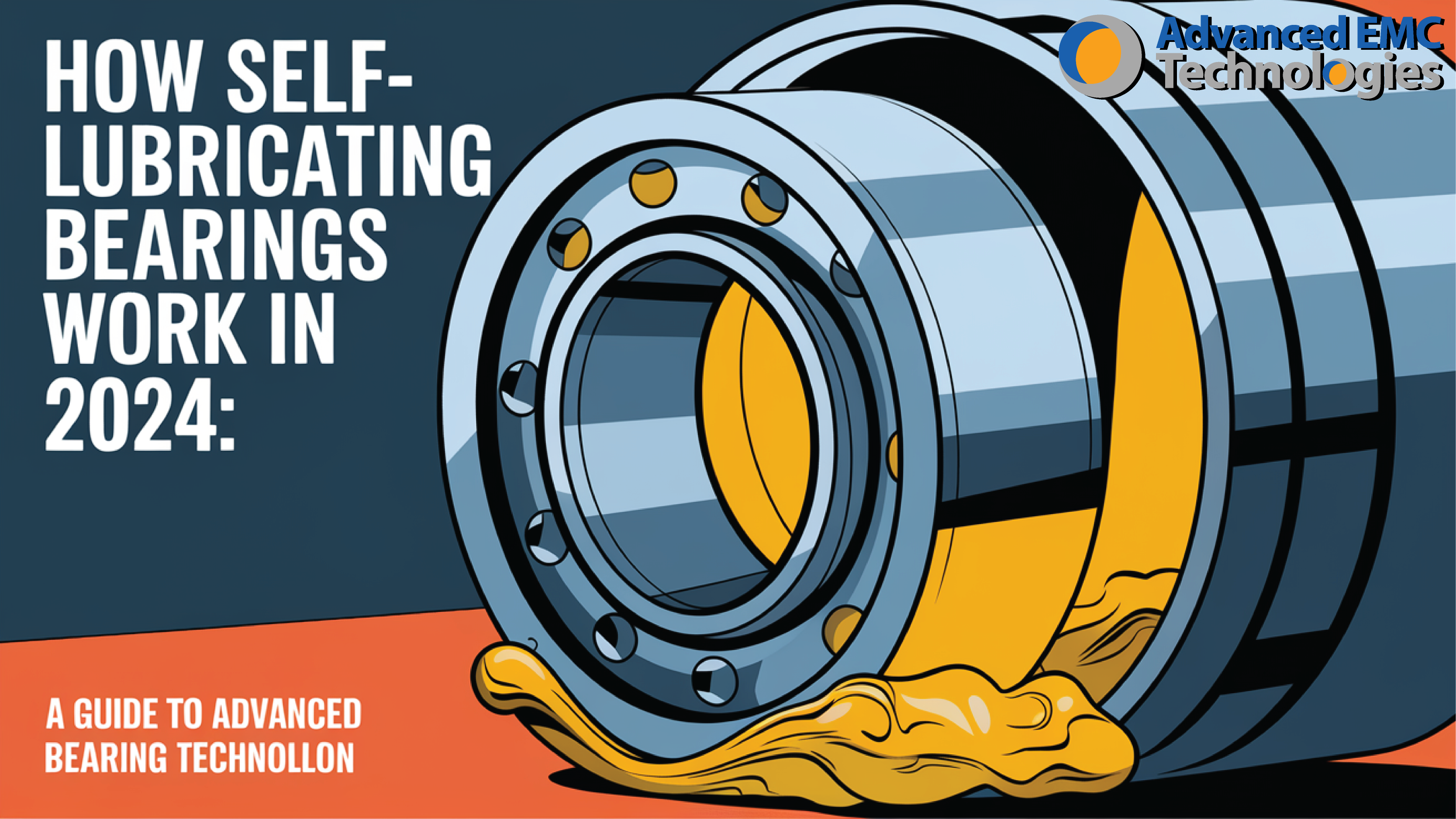Tackling Lunar Dust—A Real Engineering Problem
The Moon’s surface presents unique engineering challenges. Without an atmosphere, the lunar environment exposes equipment to temperature extremes and one of the most abrasive substances known to science: lunar dust, or regolith.
Lunar dust is not just inconvenient; it’s a critical issue threatening long-term missions. Whether it’s damaging equipment, clogging mechanisms, or wearing down seals, its effects are costly and dangerous. Advanced EMC Technologies collaborates with industry leaders to design seals capable of enduring these conditions, combining cutting-edge materials with rigorous outsourced testing to ensure exceptional performance.
What Makes Lunar Dust a Unique Threat?
Lunar dust was first encountered during NASA’s Apollo missions, where its harshness became evident. Its fine particles infiltrated machinery, degraded materials, and clung stubbornly to surfaces, posing significant operational risks.
Key Facts About Lunar Dust:
- Sharp and Jagged: Lunar dust particles retain sharp, angular shapes due to the lack of erosion from wind or water.
- Electrostatically Charged: Solar radiation causes the dust to cling to surfaces, including seals.
- Tiny and Invasive: Particles as small as 10 microns infiltrate even the smallest gaps in equipment.
- Chemically Reactive: Regolith interacts with oxygen and metals, accelerating material degradation.
Seals designed to combat these challenges are essential for protecting systems like rovers, landers, and habitats.
Designed for Lunar Conditions
Advanced EMC Technologies specializes in designing high-performance seals tailored to meet demanding requirements. While manufacturing and testing are outsourced to trusted partners, the design process reflects deep expertise in creating solutions for extreme environments.
Key Features of Advanced EMC’s Lunar-Resistant Seals:
- Abrasion Resistance: Materials selected for their ability to endure wear from sharp, jagged particles.
- Electrostatic Mitigation: Design incorporates coatings or treatments to reduce the buildup of dust on surfaces.
- Precision Engineering: Seals are crafted to create ultra-tight barriers, preventing dust infiltration.
- Chemical Stability: Materials are chosen to resist reactions with oxygen and other elements.
Trusted Testing with Industry Leaders
To ensure performance, Advanced EMC partners with specialized facilities for testing seals using lunar regolith simulants. These simulants replicate the composition and properties of actual lunar dust, providing valuable insights into how seals perform under real-world conditions.
Testing Parameters Conducted by External Partners:
- Abrasion Testing: Simulants are used to evaluate wear over prolonged exposure.
- Electrostatic Testing: Simulated conditions, including solar radiation, test how well seals repel charged particles.
- Thermal Cycling: Extreme temperatures, from -250°F to +250°F, ensure seals perform in lunar day-night cycles.
- Dust Ingress Analysis: Simulants are applied under pressure to determine dust-blocking capabilities.
Outsourcing these tests ensures results are unbiased and adhere to the highest industry standards, leveraging state-of-the-art equipment and expertise.
Real-World Applications for Lunar Missions
Advanced EMC’s seals are designed to protect critical systems for a wide range of applications:
1. Rovers and Landers
Seals protect vital systems like actuators, joints, and wheels from dust infiltration, ensuring continued operation on the Moon’s surface.
2. Life Support Systems
Airlocks and habitats depend on seals to maintain airtight environments. Preventing dust infiltration helps preserve air quality and protect equipment.
3. Mining and Resource Extraction Equipment
As lunar mining becomes a focus for future missions, seals must endure constant exposure to regolith. Advanced EMC’s designs ensure long-lasting performance under harsh conditions.
Why Advanced EMC’s Seals Lead the Way
By combining in-house design expertise with the capabilities of top-tier manufacturing and testing partners, Advanced EMC Technologies delivers seals that stand out for their performance and reliability.
Key Benefits:
- High Durability: Resists abrasive and chemically reactive environments for extended mission lifespans.
- Thermal Stability: Performs across extreme lunar temperatures.
- Cost Efficiency: Long-lasting seals reduce the need for frequent replacements.
- Customization: Tailored designs meet specific project requirements.
Supporting Research and Lessons Learned
The Apollo missions revealed just how damaging lunar dust can be to seals and equipment. By leveraging lessons from past missions and working with research-focused testing partners, Advanced EMC ensures its seals are ready for the challenges of modern lunar exploration.
Ready for the Lunar Frontier
Lunar dust is an unavoidable challenge for space exploration, but Advanced EMC Technologies’ sealing solutions, developed in collaboration with industry-leading manufacturers and testing facilities, offer proven reliability. These seals protect vital systems, ensuring missions succeed even in the harshest environments.
FAQs
Q1: What makes lunar dust so damaging to seals?
A: Lunar dust is sharp, abrasive, electrostatically charged, and chemically reactive, which can lead to wear, infiltration, and material degradation.
Q2: How are Advanced EMC’s seals tested?
A: We partner with specialized testing facilities that use lunar regolith simulants to evaluate seals under conditions like abrasion, thermal cycling, and dust infiltration.
Q3: Do you manufacture your seals in-house?
A: No, we outsource manufacturing to trusted partners, ensuring the highest quality production using advanced techniques and materials.
Q4: Are these seals reusable after a mission?
A: Depending on the application, seals are designed for durability, making them suitable for extended use or multiple missions.
Q5: Can these seals be adapted for other space missions?
A: Yes, we work with clients to design seals tailored for specific environments, including Mars or asteroid missions.
Choose the Perfect Seal for... Extreme Pressure Conditions Maximum Reliability Cost-Effective Solutions Long-Lasting Performance
Ready to Upgrade Your Sealing Solutions?
Interested in learning more? Contact Advanced EMC Technologies today to discover how our sealing solutions can support your lunar exploration projects.


